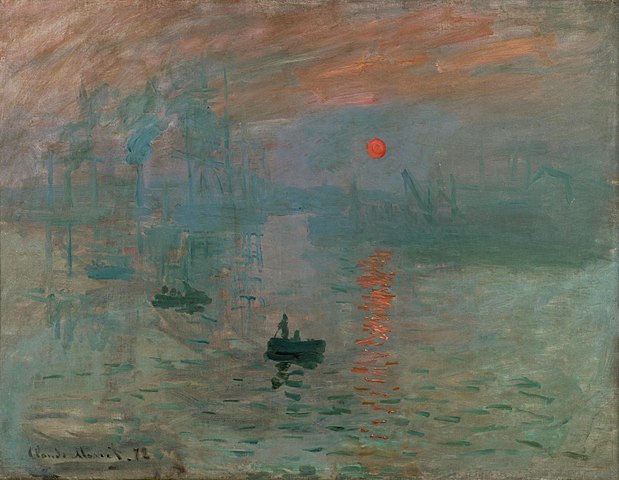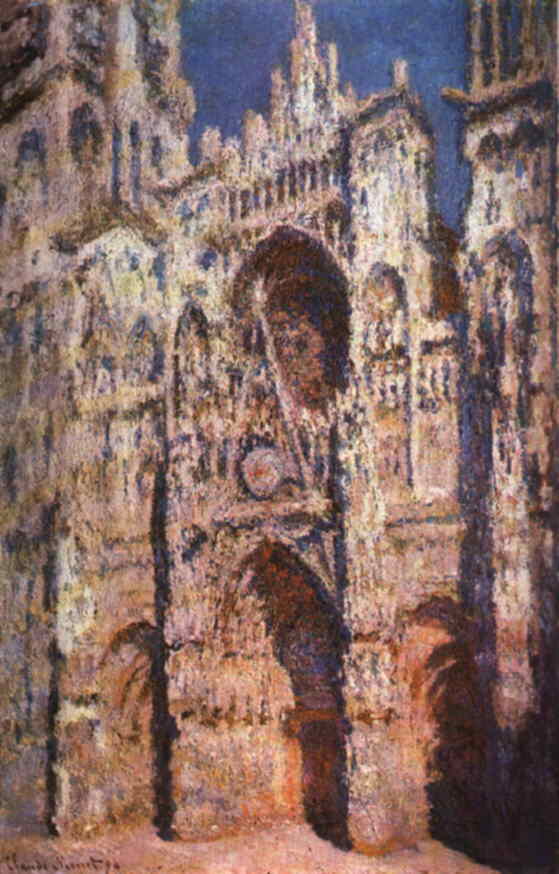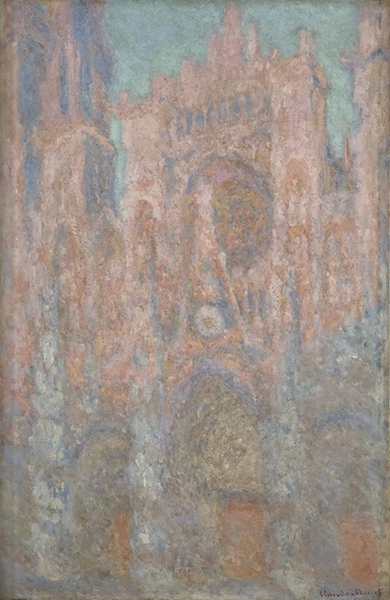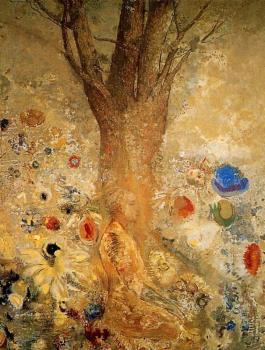In Light of Asia | Claude Monet
Claude Monet, inspired by the Buddha's teaching of impermanence created works of contemplative art, using impressionism to give a fleeting quality to his work.

Impression, sunrise by Claude Monet… By art database, Public Domain
It is worth spending some time looking at Impression, sunrise by Claude Monet. Many consider that modern art really began with the painting pictured above. It is the seminal painting in the birth of the Impressionist movement, and of course Monet was the first to use the word “impression” in a title.
However, it is important to understand the huge influence of Japanese art on this painting. At the time, Monet was in exile in London; he had left Paris during the Franco–Prussian War when the German army invaded and occupied the city. He had already begun collecting Japanese art, and was on his way back through The Netherlands and Belgium when he bought some Hokusai prints. He immediately recognised something important in these pictures, and so a Japanese influence began to manifest itself in his paintings. Over the next few years, he produced a series of paintings of Rouen Cathedral, more than thirty in all, much the same way Hokusai painted his Thirty-six Views of Mount Fuji.

RouenCathedral Monet 1894
Monet was fascinated by the Buddhist concept of impermanence, and in this series he shows us that you can go and see the same cathedral many times – even at different times during the same day – but you are never the same person, and the view is never the same.
Monet only ever exhibited these views of Rouen Cathedral all together as a series on one occasion.
The perspective of Rouen Cathedral is identical in each picture; but each picture is startlingly different.

Rouen Cathedral, West Façade, Sunlight 1892
This series of paintings comprises some of Monet’s greatest and best-known works. These paintings were, in fact, created before the gardens that tourists now visit were actually planted; the gardens are therefore a reflection of the pictures, not the other way around.
The Japanese prints that inspired Monet are called ukiyo-e (“pictures of the floating world”). In these paintings, Monet has also created his own type of “floating world”. It is no accident that he painted lilies, among the most powerful Buddhist symbols. They are referred to as beautiful and untouched, emerging out of the mud and the filth, in the Pali Canon – an analogy of the human heart emerging from suffering and pain.
Monet saw meditative processes as being part of the creative process; these paintings were meditations for him. “These are not paintings, they are objects of contemplation,” he said. He didn’t want to sell his paintings, and deliberately made them on a large scale to avoid them being commercialised. He eventually donated them to the government of France after the First World War, on the condition that they be exhibited for free to the people of France – and only in the Musée de l’Orangerie in the Jardins des Tuileries.
Monet began painting this series in 1917, when France was mired in the depths of war. The battle for Verdun was in full flow, and German policy was to “bleed France white”. It was a war of attrition, the idea being to kill as many people as possible to wear down morale.
French Prime Minister Georges Clemenceau was a good friend of Monet’s and, during visits with the artist, he would sit in front of the paintings as Monet worked on them. Clemenceau later called himself a “Buddhist” in his memoirs; he said he had been hugely influenced by the teachings of the Buddha, and that this was a message he wished to leave behind.

Buddah in His Youth by Odilon Redon - 1904
Van Gogh Museum (Netherlands - Amsterdam
The influence of Buddhism on Monet saw other French artists become interested in Buddhist ideas as well. The Buddha, by the Symbolist Odilon Redon, is a portrait in profile, which is rare in Buddhist art – one feels that Redon was attempting to bridge that gap. In the same way that Western artists paint pictures of the Madonna and the Crucifixion, he was trying to give a Western vernacular representation of a Buddhist theme.
...
Text copyright to Michael O'Neill






